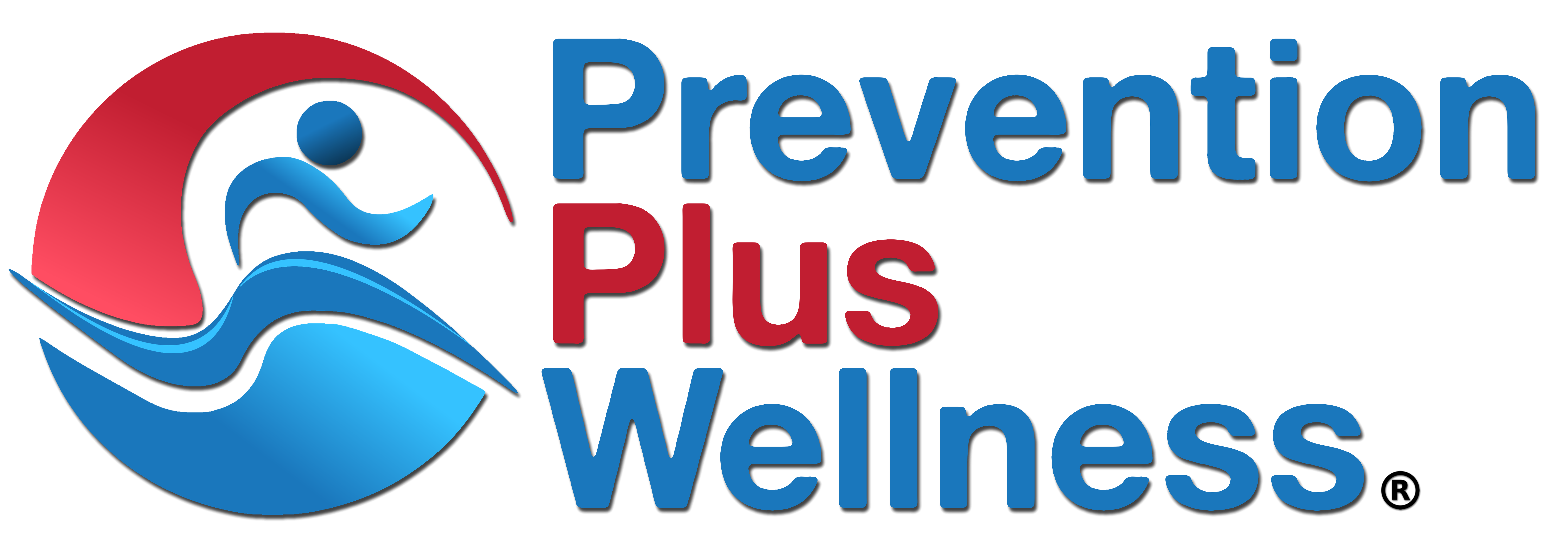Below are some recent research findings indicating how physical activity and substance use are associated among youth and young adults. Implications for substance use prevention and health providers are provided.
- Marijuana Use is Associated with Less Physical Activity
A study published in Drug and Alcohol Dependence (2019) examined a sample of 89,777 adolescents (49.2% females) aged 12–15 years from 21 low and middle-income countries.
Results showed that current and past cannabis use was associated with a significantly lower odds for achieving adequate levels of physical activity.
One implication of this study is for substance use prevention and education professionals to teach youth how and why cannabis use, even past use, can harm their ability to live a physically active lifestyle and experience fitness-related benefits, like positive self-image, confidence, improved performance, etc.
Youth should be taught that marijuana use can significantly reduce lung function, motivation to exercise and participate in physical activities, limit the number of friends they may have who will support them being physically active, and other outcomes that negatively affect one’s fitness and health.
https://www.sciencedirect.com/science/article/abs/pii/S0376871619303618
- More Physical Activity Is Associated with More (and Less) Substance Use
A recent study published in Substance Use & Misuse (2021) examined the associations between self-reported exercise and cannabis use outcomes over 6 months among adolescents.
Results indicated that more self-reported exercise at baseline predicted greater cannabis use frequency at the 6-month follow-up but did not predict the presence of a cannabis use disorder or problems.
The authors concluded that this association may be explained by factors like sample characteristics or certain types of sports.
https://www.tandfonline.com/doi/abs/10.1080/10826084.2021.1906279?journalCode=isum20
A review published in Progress in Preventive Medicine (NY)(2018) examined physical activity and the development of substance use disorders.
Studies reviewed showed that physical activity (i.e., predominantly sports participation) during adolescence and young adulthood is protective against tobacco use and illicit drug use, except marijuana.
However, physical activity during these periods also appears to be associated with increased alcohol use possibly due to social factors related to team sports.
Taken together, these two research papers suggest that physical activity may have a protective effect on preventing tobacco and illicit drug use but may have no or even a negative impact on marijuana and alcohol use among adolescents.
The key implication is to provide programs and messaging aimed at preventing alcohol and perhaps marijuana use among adolescents and young adults participating in sporting activities, especially those current and future research identifies as posing increased substance use risk for young people such as certain team sports.
- Sedentary Behavior is Associated with Adolescent Alcohol & Cannabis Use While Physical Activity is Associated with Emerging Adult Alcohol Use
A systematic review of movement behaviors and substance use among adolescents and emerging young adults was published in Translational Behavioral Medicine (2020).
Studies reviewed found that physical activity was positively associated with alcohol use among emerging adults, but the literature was mixed among adolescents.
In addition, sedentary behavior was positively associated with alcohol and cannabis use among adolescents, but evidence was limited among emerging adults.
One implication of this review is that sedentary behavior might serve as a risk marker for alcohol and marijuana use among adolescents and for that reason, substance use prevention programs should promote greater physical activity, particularly among adolescents who are physically inactive.
It would be prudent, based on the research presented in this article, to promote non-sport physical activities and specific sports not likely to increase alcohol or other substance use risk among youth.
Another implication is that physically active emerging adults should be considered at greater risk for alcohol use and therefor in particular need of alcohol use prevention programs, although the role of differential types of physical activities and sports context is unclear at this time.
https://academic.oup.com/tbm/article-abstract/10/5/1155/5921057
- Physical Activity Programs Decrease Substance Use
A systematic literature review published in Substance Use & Misuse (2018) examined physical activity interventions for adolescents, including research designs, intervention characteristics, and measures of substance use.
Results indicated that physical activity programs may decrease substance use in teens, with the majority of interventions delivered in high schools and with alcohol use measured most, followed by marijuana and tobacco use.
Although the majority of studies utilized group sessions to deliver interventions, decreased substance use was also associated with one-time, multi-health consultations.
The key implication of this review of research is that school-based interventions targeting multiple health behaviors (e.g., physical activity and substance use) may offer a particularly effective and efficient way to decrease substance use in adolescents.
https://www.tandfonline.com/doi/abs/10.1080/10826084.2018.1452338
Final Conclusions and Implications
The relationship between physical activity and substance use among adolescents and young adults is complicated.
Clearly, substance use such as cannabis can have a detrimental effect on youths’ level of physical activity and for that reason effective prevention may improve physical activity and thus the physical and mental health of young people.
However, the impact of physical activity and especially sports on substance use appears double sided.
On one side, research shows that physical activity, including sports, can prevent against adolescent illicit and tobacco use.
On the other side, physical activity, but likely certain team sports, increases the risk for alcohol use among adolescents and young adults and maybe marijuana use too.
While further research is needed, prevention and health specialists must promote physical activity among youth because physical inactivity is linked to greater substance use and other harmful outcomes.
In addition, physical activity interventions, in school settings at least, appear effective in preventing substance use.
The challenge is to promote physical activity among youth and young adults that does not increase their risk for certain types of substance use.
In addition, adolescents and young adults participating in certain types of physical activities or sports known to increase alcohol or other substance use should be targeted for alcohol and perhaps marijuana prevention programming.
In a future paper we’ll explore research identifying which types of physical activities and sports might increase risk for substance use among young people.

